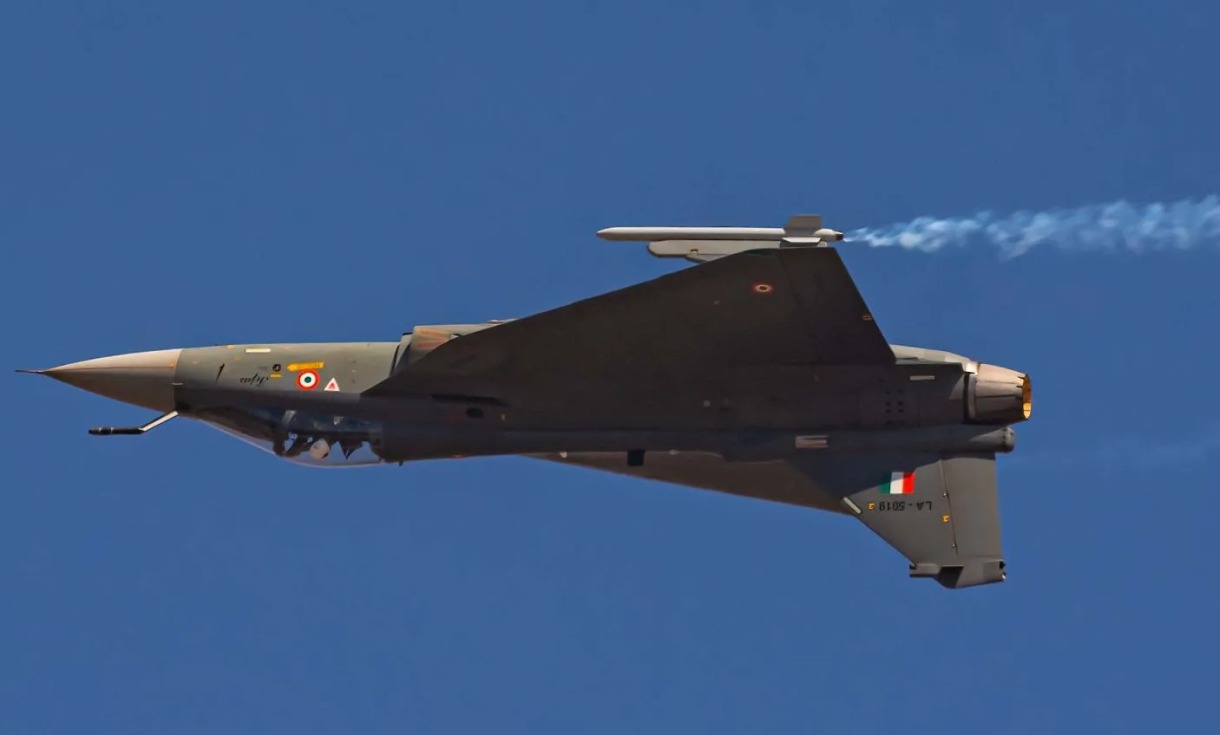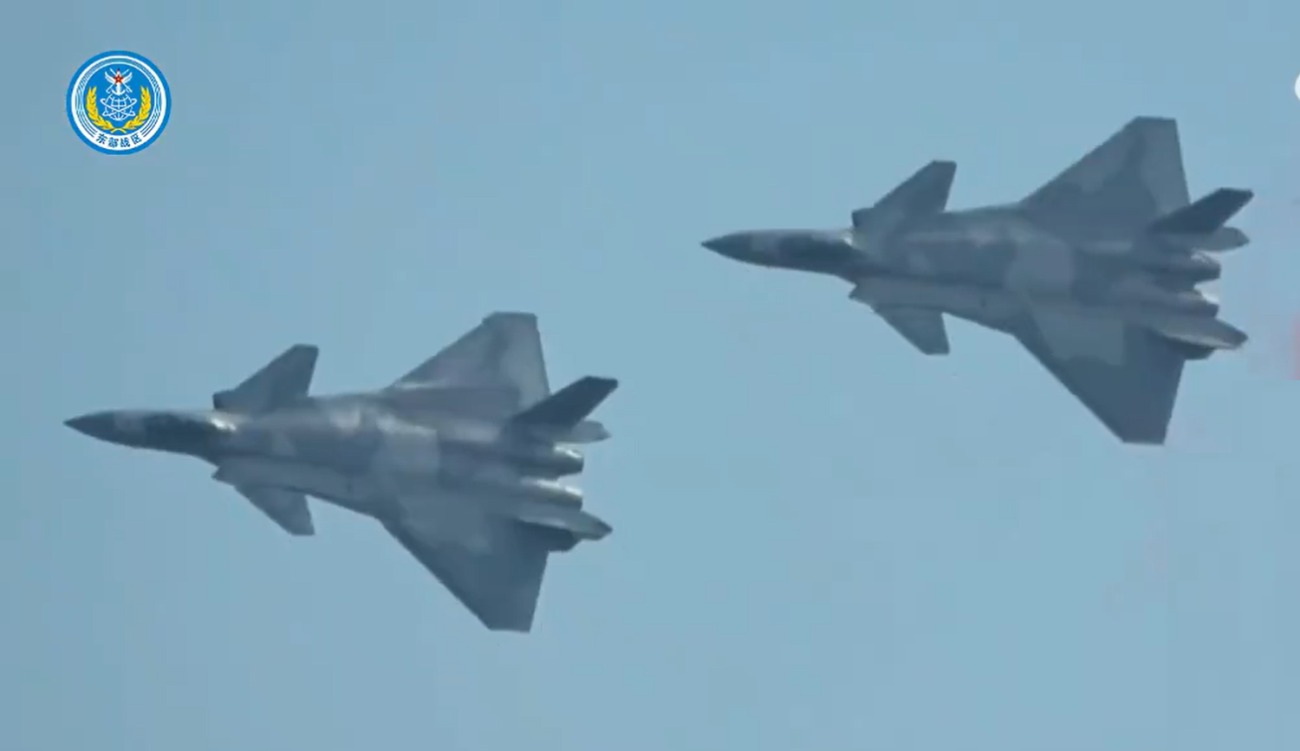The new Indian Air Force (IAF) Chief made a strong case for the speedy acquisition of Medium-Role Fighter Aircraft (MRFA) as the force has a yawning technological gap vis-à-vis China. However, he contends that based on superior training and exposure, the IAF will be able to maintain the status quo if China ups the ante.
The Indian defense community has been having a raging debate over indigenization versus modernization through imports. While the IAF has issued a Request for Information for the acquisition of 114 fighter jets under MRFA, there has been no forward movement on it for the last three years.
The force is now awaiting an Acceptance of Necessity (AoN) from the Indian government before floating a tender for the same.
IAF’s fighter jet squadron strength is fast plummeting, and in the words of the new IAF Chief, the force needed the aircraft “as of yesterday.”
The MRFA deal moves forward from where the previously conceived Medium Multi Role Combat Aircraft (MMRCA) left after being scrapped in 2015.
The IAF proposed in August 2000 to acquire 126 Mirage 2000 II aircraft. The proposal was discarded in 2004, and in 2007, a decision was taken to acquire 126 aircraft under MMRCA. The MMRCA deal was in process for nearly 15 years before the Indian government scrapped it and purchased 36 Rafales directly from the French government.
With the Modi government’s thrust on indigenization, supporters of ‘Make in India’ have been contending that even if the IAF signs the MRFA deal today, it will get the aircraft only in the next 6-7 years, by which time the LCA Mk2 will be ready.
Exclusive: How Indian MiG-21s Thrashed F-15 Eagles During Military Drills, Shocking USAF Pilots
Responding to a question by the EurAsian Times during his annual press conference Air Chief Marshal AP Singh countered: “It takes seven years for entire supplies to come. As far as LCA Mk2 is concerned, 2027 is supposed to be the time when the research and development stage will be over, and thereafter, the production stage will start. The LCA delivery started in 2016; I was posted in ASTE when the first induction took place. Today is 2024, and we have 38 aircraft with us.”
The IAF Chief, who has been a test pilot himself, said that while LCA Mk2 is important for us, the aircraft’s capability will be at par with that of Rafale today.
“(LCA) Mk2 is very important for us. The LCA MK2, which we will be getting after seven years, is at par with today’s Rafale. It will not be better than it, but it will be in the same class,” Air Chief Marshal Singh said.

He said that the indigenous fighter jet’s biggest advantage is that India will be able to integrate homegrown weapons into it. “However, we have a gap. At the moment we need to plug the gap by immediate acquisition of fighter jets. For that, we are looking at the ‘Make in India’ platform,” the Chief added.
But there seems to be a delay, if not a slip, between the proverbial cup and lips. The IAF floated the RFI in 2018 and got an enthused response from aircraft makers worldwide for the multi-billion-dollar deal. The leading contenders in the fray are Dassault’s Rafale, Boeing’s F-15EX, and Lockheed Martin’s F-21. Saab’s JAS-39 Gripens, Eurofighter Typhoons, and Russian Su-35 fighters are also in the fray.
The IAF needs a lot of aircraft to be recognized as a deterrence to the PLAAF (the People Liberation Army Air Force). However, they (IAF) have not been able to convince the Indian government that the imported aircraft are required in such large numbers.
The force has agreed to acquire the MRFA under the ‘Make in India’ policy, where the aircraft will be licensed-produced in India. The Chief says this will help the IAF in carrying out upgrades and modifications to the aircraft as and when required. He cited the example of Jaguar, which has been produced by the Indian aircraft manufacturer Hindustan Aeronautics Limited (HAL).
“The technology will then be available to us to upgrade. Like Jaguar, we purchased from abroad and started manufacturing with HAL. We have done so many modifications and weapons integration with that. So MRFA, which ever aircraft will be something like Rafale plus. Because the requirements are the same. But we will have indigenous content in it and can integrate indigenous weapons in it,” the IAF chief said.
Catching Up With PLA Air Force
The IAF chief conceded that the force was lagging behind China as far as technology is concerned.
“As far technology is concerned, we are lagging behind. We were better than them sometime back, we are lagging in that. We need to catch up. In terms of manufacturing (aircraft and equipment), we are lagging behind,” Air Chief Marshal Singh said.
In the latest posturing along the Line of Actual Control (LAC) with India, China has deployed its J-10 Vigorous Dragon fighters just 300 kilometers from the Indian base that is home to Rafale fighter jets.
Despite India’s ambitious line-up of indigenous fighter jets, China could deploy 1000 J-20 ‘Mighty Dragon’ 5th-generation jets by the time the Advanced Medium Combat Aircraft (AMCA) starts flying.
India’s AMCA Not A 5th-Gen Fighter Jet? Lacks 3 Key Features To Be In The Same League As F-35: OPED
After being the second country in the world to have an operational 5th-generation fighter jet in its fleet, China is already moving to develop 6th-generation fighter jet technologies.
J-20 is a twinjet all-weather stealth 5th-generation fighter aircraft designed by China’s Chengdu Aerospace Corporation of the People’s Liberation Army Air Force (PLAAF). It took to the skies for the first time on January 11, 2011, and was officially revealed in 2016.

The Mighty Dragons entered service in 2017, and PLAAF already has over 200 fighter jets in its fleet. The goal is to take the number to 400 by 2027 and 1,000 by 2035. China has deployed at least six J-20s less than 150 kilometers (km) from the de facto border with India in the Sikkim region.
However, the IAF Chief expressed confidence that the IAF has an edge over the PLAAF due to superior training and better cooperation with other air forces.
“We don’t have a design to go on offensive unnecessarily. Only when we are pushed that we can hold on our own,” he said, while adding: “One place we can positively say is that we are training better than them, we have exposure better than them. Because we come to know from our sources how many different air forces we have interacted with and how many air forces they train with. I am very confident that we are way ahead of them in terms of people.”




